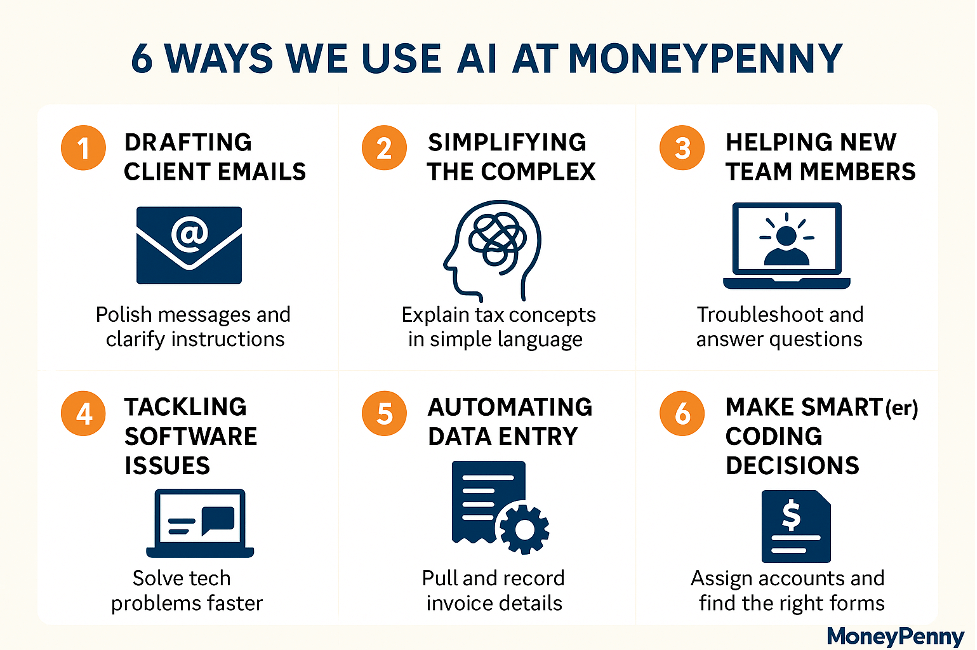I do not often write about what is occurring in the accounting community. I leave that to those with better credentials. However, over the last few months, a long-time aspect of the industry has been pushing me to write. Several conversations with accountants have driven me to write about client transparency.
The first story is one where a CPA canceled using an app after one year. The firm said the app was helpful. However, the workaround they used to “keep the client out of the full knowledge of the app” was becoming cumbersome. This particular app, FileThis.com, allowed the firm to collect documents from the client automatically. It also allowed the client to own the process in equal share with the firm. With by-passing the clients use, they had put the onus of keeping the system flowing solely onto the firm. Although possible, it was not considered best practice to do this, and I mentioned it to the firm. The response was “we find once the clients get to know enough of the systems that we put in place to maximize efficiency, they just end up taking the blueprints and leaving.”
The second story is similar. A firm using the same app had called about how I used this app and what I considered the best practice. They also wanted to know if this app not only would collect documents but transaction level information to import to QuickBooks desktop. I mentioned that I did not use desktop with clients, but rather utilized the efficiencies of QBO, Xero, Wave or INTACCT to automatically pull in transactions. To use another method, then import seemed not only inefficient but redundant. The firm policy was NOT to do that. They felt that having the client in the accounting software and seeing items flow in would “cause questions and lead to conversations they really did not want to deal with, nor had time for.” Question: if you don’t have time for your clients, do you really deserve them?
In both of the above conversations, I became frustrated. I had hoped that the apparent maximized efficiency to the firm and the transparency with clients prompting questions would lead to value-added work. It certainly has for my company. But rather than enjoy the efficiency and the potential for off the scope work, they fear loss of clients and uncomfortable questions. UGHHHH!!!!!
Every time I think that what I do is common place, I am thrown up against a wall that tells me perhaps it is not. I can unequivocally state that full transparency has never led to the loss of a client. Having questions thrown at us has always led to value-added work. Being able to say to a client, “I honestly do not have the answer for you now, but I can get the information or point you to someone that can,” also has not led to a loss of clients. Rather it has put us in the realm of the go-to guy for their needs.
Now for some knowledge of my company. I am not an accountant. Accountants work for me. Our clients come to us because we state openly we will assist them in moving to cloud options or manage the one they currently have in place. We have what we call our LBD, (Little Black Dress) of apps with which we work. As the company owner, it is my job to have that relationship with the client. The relationship is the number one priority. Response time to the client is always top of mind awareness. We know that a debit is a debit and a credit is a credit. What the client wants out of the technology is our ultimate goal.
So now if I may, a couple of stories of how that works in our company. Our LBD cloud-based list are those apps that that play well with each other. We see the accounting program as just that — a debit and credit tracking device. Our accountants are trained to REVIEW all the incoming data from various sources and focus on how it hits the accounting software to give the client the transparent and as real-time as possible view of their business focus in relation to their ultimate goals. For some clients, they may need more than our basic apps and may not even need all of them. Our clients vary in their needs, but some apps are used by all clients across the board. Our learning curve is lower as we train across the whole accounting team. Our on-boarding with clients is the same in how we approach the process. The on-boarding sets the stage and transparency, and the relationship is the first step in on-boarding. Next, is defining the SCOPE of the work, so both we and the client are clear on what that SCOPE entails, and most importantly what IT DOES NOT.
A virtual on-boarding story: In December of 2015, I received an email from a gentleman with a company based in Florida. I live in San Diego. He found me on the Intuit Pro site and saw that we do cloud-based accounting. In the email, he asked if I could Skype with him. At that time two of our accountants and I were doing a six-city tour on how we manage client work. We had a two-day break at my home in San Diego. So it was on a Saturday morning that the Skype call took place. The prospect was actually in Spain. His partner ran the Florida office. During a 1 hour 20 minute Skype call we did the following: defined his needs, found out what he was not getting from his current accountant, defined what we could do, and obtained master admin rights to his QBO, 1 years’ worth of source documents, access to his payroll, Square and Paypal accounts. We looked over the work and gave him a monthly flat rate based on a pricing calculator. (No, we do not charge pre-conceived monthly package amounts.) We brought up the fact that his books had not been balanced for several months. His comment was he believed his current accounting firm, the one that was not happy using cloud-based programs, would finish that work. We knew at that point we were going to start with a clean set of books starting January 2016. (hmm, maybe) I sent a monthly recurring contract using Practice Ignition, and he signed it during the Skype. I told him if his current firm did not want to complete the prior year work, it would take us an estimated time to complete at an hourly rate off the SCOPE on the contract. He thanked me, and we then immediately set up the recurring work in our cloud-based workflow and assigned it to one to of the accountants that was back in our office. Oh yes, the office is in Chennai, India. And yes, the prospect, now the client, was fully briefed on how that is accomplished. In February, he told us the old accounting firm did not want to complete the work if he was going somewhere else. So our team did that work based on an hourly rate and came within one hour of our estimated time to complete. It is now May. He has been a great client: he pays us immediately via QBO invoice and the QB payments, and we were paid immediately for the prior year work the same way. That means 24 hours after we completed the 2015 cleanup, we were paid. The same day I send out invoices, this client pays. One of our beliefs is no AR.
Second story: Local client to San Diego face-to-face: This prospect called us due to the fact they purchased a company for whom we had been doing the monthly accounting for two years. When the company sold, we did not go after the new owners. The previous owner let them know who we were and recommended they utilize our service. I sent out an email and let the new owners we would be happy to assist if and when they were ready. Four months went by, and the call came for a face-to-face meeting. Since their office was around the corner from my home, they came to my house. As I said, our actual working office is in Chennai.
As I told the two owners how we worked, I moved my Chromebook back and forth between us so they could enter information that gave us all the access and documents we needed. The last was when they accepted the contract for monthly work. Within 45 minutes we accomplished the same scenario as we did with the gentleman from Spain. And again, we found that there was a value added in cleaning up old data. We do not perform flat rate work on anything that is not clean and recurring for us to manage.
The third story with the focus on a client that is in the books all the time: This client has a US-based company, but he resides in Israel. We have been doing the work for about three years now. One morning I received a terse email from him asking why not all of his banking transactions had been accepted. I quickly looked at the number of transactions on the QBO dashboard. There were 256 waiting. This is a typical day of transactions for this company. I sent him back an email that since the 256 transactions were all new for that day and my team did not come into the office for another 8 hours, his work would be completed within 10 hours. And I also reminded him of their location, work hours and that I was encouraged that he was paying attention. Ten hours later I got a nice thank you. And yes, he pays his invoices immediately.
Transparency and client engagement in the process does not have to lead to the loss of a client. However, lack of efficiency, goal understanding, and process most certainly will. If you hope to survive as a firm, I feel it is imperative to keep this in mind. If you don’t, no worries, we will take those clients at anytime, anywhere. And we do.





